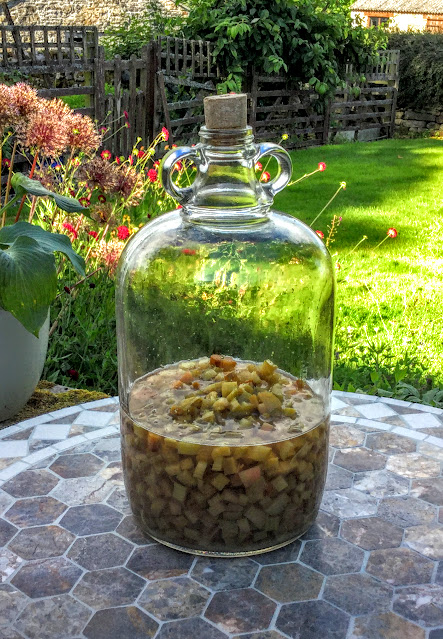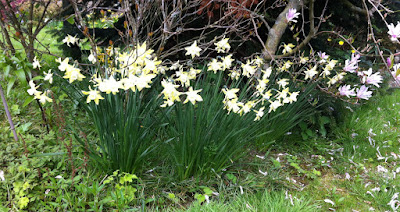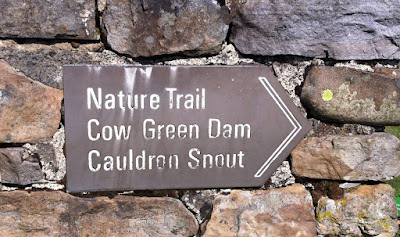hiatus
hʌɪˈeɪtəs/
noun
a pause or break in continuity in a sequence or activity.
Apologies for our absence. A recent comment nudged me to
explain the recent gap in posting. At the end of July, I was diagnosed with
breast cancer, following a routine mammogram screen. The weeks since then have
passed in a blur of hospital appointments, scans, minor op, and the first of
six rounds of chemotherapy last week.
Having nothing interesting to blog about, coupled with an
inability to bring just the right words to mind, have left the blog sadly
neglected.
Somebody suggested that I blog about the illness and
treatment. We won't be doing that. Firstly, there are plenty of health and
wellbeing blogs already. Secondly, this blog is about our farm, and thirdly, I
am protective of details of my health, to ensure the privacy of my family and
other loved ones.
Once my treatment is over, I plan a piece praising the
excellent treatment we have received from the NHS, as absolutely no cost to us
at the point of delivery. I rail against any plans to privatise this service. I
know that it isn't perfect, but when I discovered that each round of my
chemotherapy drugs cost £5000, I was amazed. That is Thirty Thousand of your
English Pounds, just for the chemo drugs. Not to mention the time of nurses,
surgeons, consultants, GPs, lab staff, ancillary staff; associated prescription
drugs; operations; scans and a wig, and probably a whole heap more costs of
which I am unaware.
So please bear with us - I will get better, our farm will
be delayed slightly, but we have big plans, and can't wait to get started
properly once my treatment is over in the spring.
I leave you with a gratuitous picture of a blanket I
knitted for the youngest person I know. Welcome to the world Baby G - may you
have a long, happy and healthy life.

















































